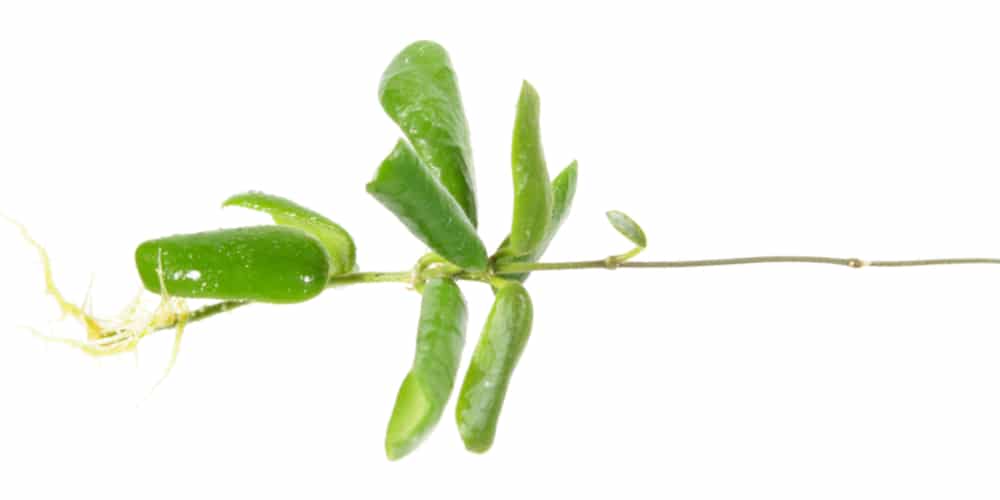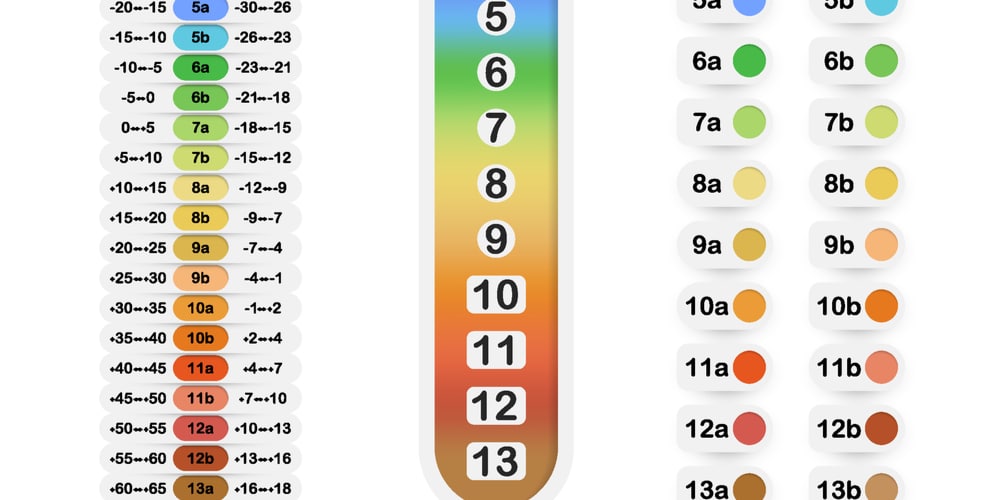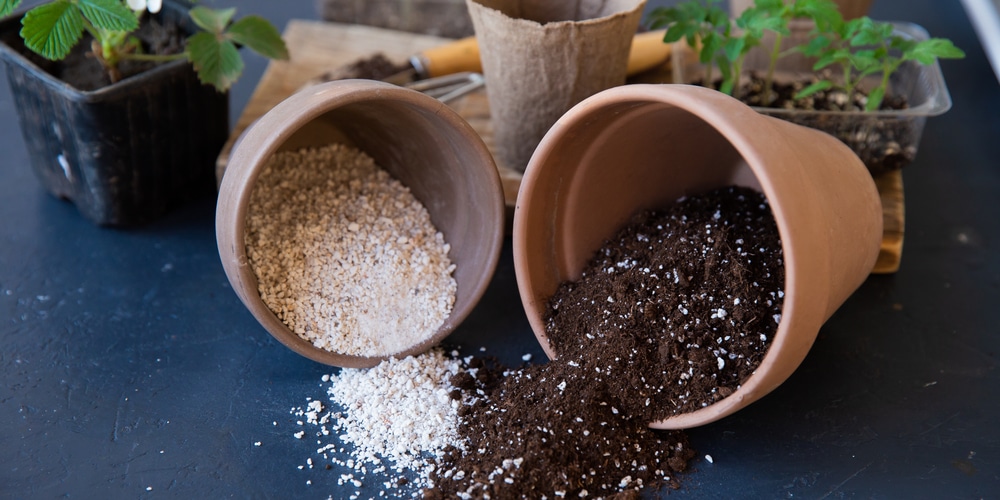The Hoya Rotundiflora is the cutest plant in the Hoya family. Well, technically, this plant belongs to the Apocynaceae family, of which Hoya is a Genus. In any case, this beauty is quite stubborn. So if you want to enjoy its pretty and fragrant umbel inflorescences, you will need these tips!
How To Care For The Hoya Rotundiflora
Follow these tips to grow a thriving Hoya Rotundiflora plant:
Sunlight
The light requirement for the Hoya Rotundiflora is flexible. Meaning, you can leave it in an east-facing window to get plenty of morning direct sunlight. The leave will get a light red hue if it does become a little sun-stressed. But usually, no sunburn or damage appears with this set-up.
Indirect sunlight works and is a safe way to grow this plant. But it will not ensure fast growth. In any case, do not throw the plant in a window if you just bought it. Give the plant time to acclimate first with indirect sunlight and put it to the window side. In this way, it will not get as much sunlight, which is ideal for testing purposes.
Watering
The Hoya Rotundiflora is a tropical plant. So, it needs water all year round. In wintertime, you had better water it every twenty days or so—the gap depends on the indoor temperature.
Because this plant can dry out between waterings (the tendrils become brown), it is better to water it at least twice a week during the hot season.
Be careful not to saturate the pot with water, or the roots will rot.
Pruning
The ideal place to start pruning is cutting close to a leaf node with nice, clean, and sterile pruning shears.
The little portion you left after the node will dry up and die back. But more importantly, it will give way to a new growth stem that will likely pop out from the closest leaf node.
Fungi can grow on leaves first and stems later. If you see compromised or dead leaves, cut them out as soon as possible.
Humidity
Every Hoya Rotundiflora loves high humidity levels. Without a humidity level of 60% or higher, the plant will likely stop growing.
If you have a greenhouse, that is where this hoya will thrive.
Thick and succulent-like leaves are a good sign that you have reached a suitable humidity level. Otherwise, get a hygrometer.
USDA Climate Zones
The area within plant hardiness zone 10 (10a in particular) is the recommended zone for growing Hoya Rotundiflora plants outside. Sadly, mealybugs and spider mites tend to gravitate towards the Hoya Rotundiflora. So, keep an eye open for pests if you want your plant to survive outside.
Fertilizer
This plant grows well in smaller pots, so it will not need much fertilizing. In general, a balanced and soluble 20-20-20 fertilizer will do. But most growers will agree that repotting the Hoya Rotundiflora can lead to better results. Why? Because this plant is mainly desperate for moisture to keep up its turgor pressure [https://www.biologyonline.com/dictionary/turgor-pressure] .
After winter, vegetative growth restarts around March in a warm environment. This is when you could give the plant some balanced fertilizer. But if you want the plant to blossom in wintertime, cut the fertilizer in June and give them a liquid fertilizer with more phosphorus and potassium until November.
Soil Type
This plant requires good drainage. This is why when buying a Hoya Rotundiflora most people receive their pots full of pebbles and perlite—it likes to be on the damp side all the time.
Any commercial draining soil mix can do. But if you want to go the extra mile, mix one part of universal soil with one of horticultural sand and one of acidic soil.
A terracotta pot is your best option to keep the potting mix moist. Also, terracotta pots are more porous than plastic pots, so they are ideal for reducing the risk of your rotundiflora drying out in between waterings.
Propagation
Hoya Rotundiflora plants produce vines that spin in all directions looking for support and water sources. A long stem will branch off the hoya to root in an adjacent area, too.
You can cut these stems into little pieces, and they will start to produce their own stem as long as ambient conditions are optimal.
New roots should appear in the next two or three weeks. You can leave the cutting in water for a few weeks as well.
Conclusion
The Hoya Rotundiflora is a beautiful plant which has some specific care requirements. In the right environment it will thrive.


